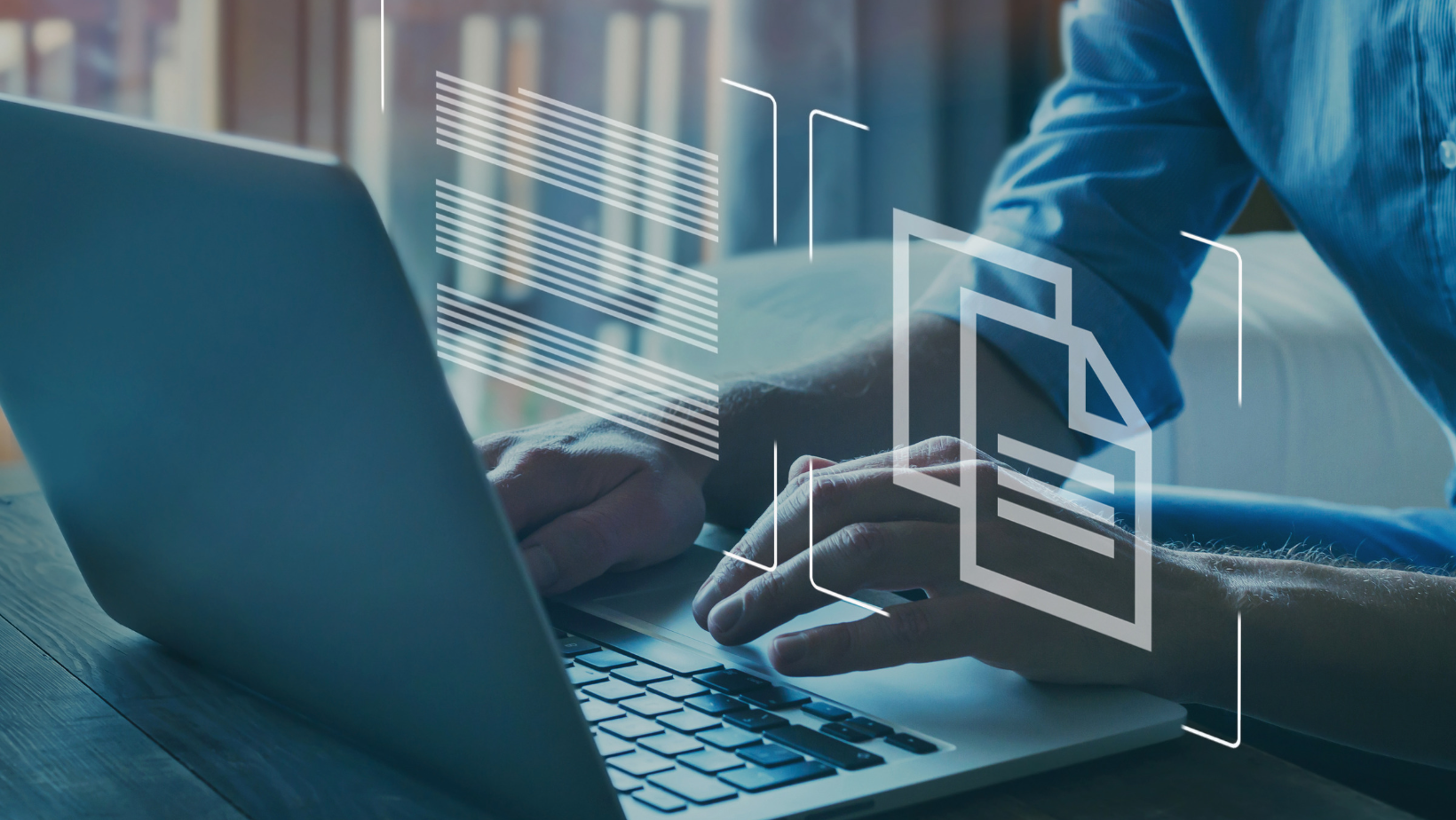 |
| Identity and Access Management in Cybersecurity: Protecting Your Business with Strong Authentication and Authorization |
Identity and access management (IAM) is a critical component of cybersecurity, as it deals with the processes and technologies for identifying and authenticating users, and controlling their access to sensitive information and systems. In this article, we will discuss the key aspects of IAM and the best practices for implementing effective IAM systems to protect your business from cyber threats.
One of the core components of IAM is user authentication, which involves verifying the identity of users before allowing them access to sensitive information or systems. This can be done through a variety of methods, such as passwords, tokens, biometrics, and multi-factor authentication (MFA). MFA, which combines two or more forms of authentication, such as a password and a fingerprint, is considered one of the strongest methods for verifying user identity.
Another important aspect of IAM is access control, which involves regulating what users can do once they have been authenticated. This can be done through role-based access control (RBAC), which assigns users specific roles, such as administrator or guest, and defines the level of access they have to various resources. This can help to prevent unauthorized access and use of sensitive information and systems.
A key best practice for IAM is to implement strong and unique password policies. This includes requiring strong, complex passwords, and encouraging users to change them on a regular basis. Also, as an added layer of protection, it's also a good practice to use multi-factor authentication which can add another level of security to the authentication process.
Another important step is to monitor and audit user access to sensitive information and systems. This can help to identify suspicious activity, such as unauthorized access or attempted breaches, and can also help to ensure compliance with regulations.
It's also essential to keep all identity and access management systems and protocols up to date. This includes regular software updates, and patching any vulnerabilities. Additionally, organizations should also regularly review access controls and roles assigned to employees and contractors to ensure they are current and relevant to their job duties and needs.
It's also important to implement an incident response plan in case of any security breaches. This plan should include procedures for how to detect and respond to an incident, including how to contain the breach, how to eradicate the threat, and how to recover from the attack. This can help to minimize the impact of a security incident, and ensure that the organization can quickly resume normal operations.
In conclusion, Identity and Access management is a critical component of cybersecurity. It deals with the processes and technologies for identifying and authenticating users, and controlling their access to sensitive information and systems. Implementing strong authentication methods, such as MFA, access controls, monitoring and auditing user access, keeping systems and protocols up to date, and having incident response plan, are all important best practices for protecting your business from cyber threats. It's essential to stay informed about the latest IAM trends and best practices to keep your organization secure.
